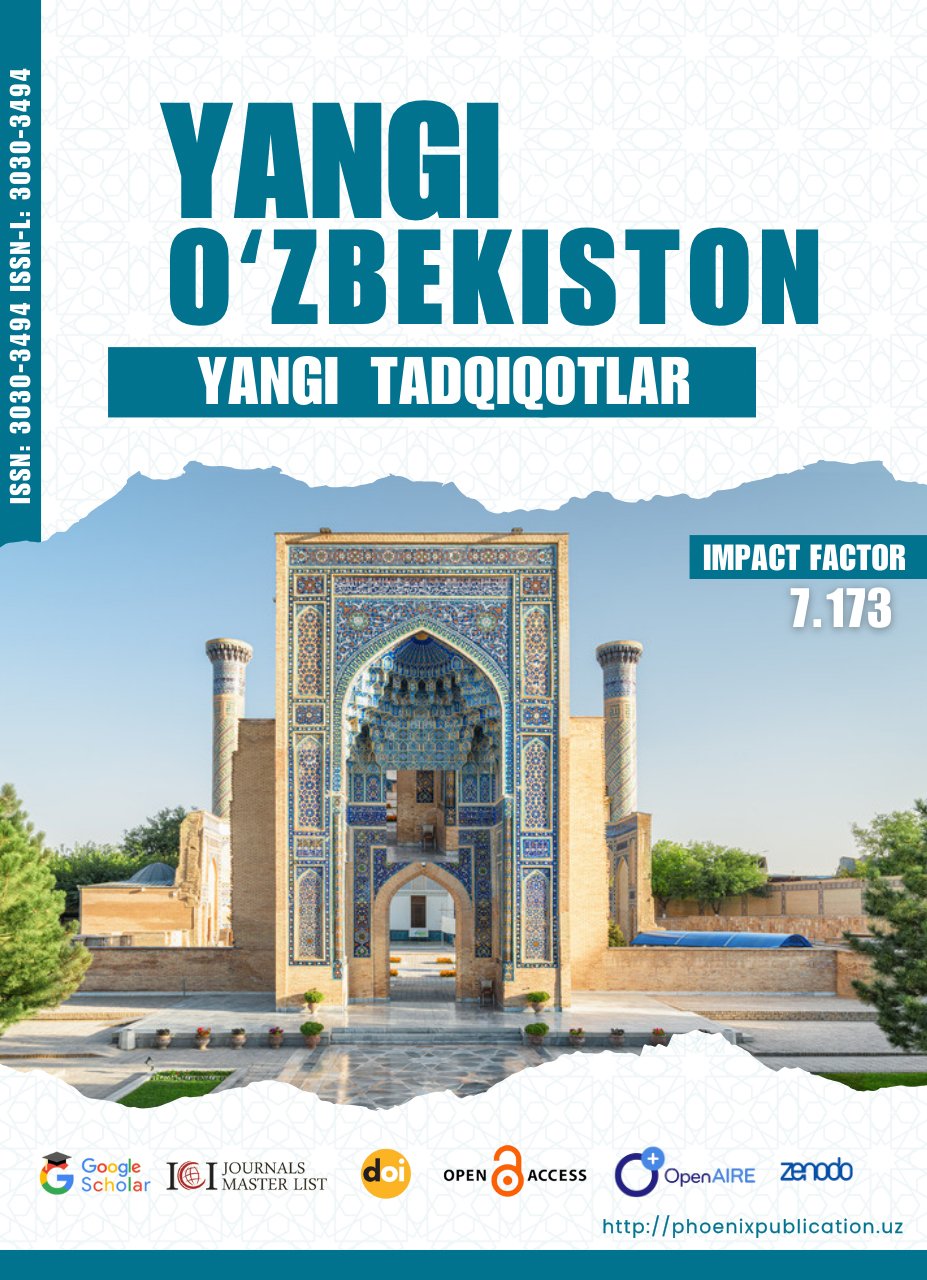Abstract
Learning two foreign languages at the same time can offer significant cognitive benefits, but it also introduces various challenges. One of the most prominent difficulties is language interference, where similarities in vocabulary or grammar may cause confusion between the languages. Additionally, cognitive overload may occur as learners juggle two distinct linguistic systems, leading to fatigue or slower absorption. The division of focus and time between the two languages can result in slower progress in both. To overcome these challenges, it is essential to employ effective study strategies such as time management, contextual practice, and separating learning sessions for each language. Consistent revision, alongside practical immersion techniques, ensures that both languages develop without mixing. Motivation is key, and setting achievable goals for each language helps maintain steady progress.
References
1. Chen, S. X., Benet-Martinez, V., & Bond, M. H. (2008). Bicultural identity, bilingualism, and psychological adjustment in multicultural societies: Immigration-based and globalization-based acculturation. Journal of Personality, 76(4), 803–838.
2. Elizabeth M. Ellis, Defining and investigating monolingualism
https://www.researchgate.net/publication/240764644_Defining_and_investigating_mono1
3. Hubackovaa S., E-learning in English and German language teaching, An International Conference on Teaching and Learning English as an Additional Language, Antalya – Turkey,
